Statistics
The first ARIS liquid rocket engine
LEA stands for Liquid Engine ARIS. Following a line of successful hybrid rocket engine projects, ARIS is giving students the opportunity to explore the field of liquid rocket engines. Using liquid oxidizers and fuel, this project is the foundation of a new generation of ARIS engines. We are expanding the possibilities for research, collecting valuable data and facilitating testing new technologies and designs. The mobile testing bench we built allows faster, easier and local testings of both hybrid as well as liquid rocket engines. Combined with our newly developed data acquisition and control system we accelerate the development of future rocket engine projects.
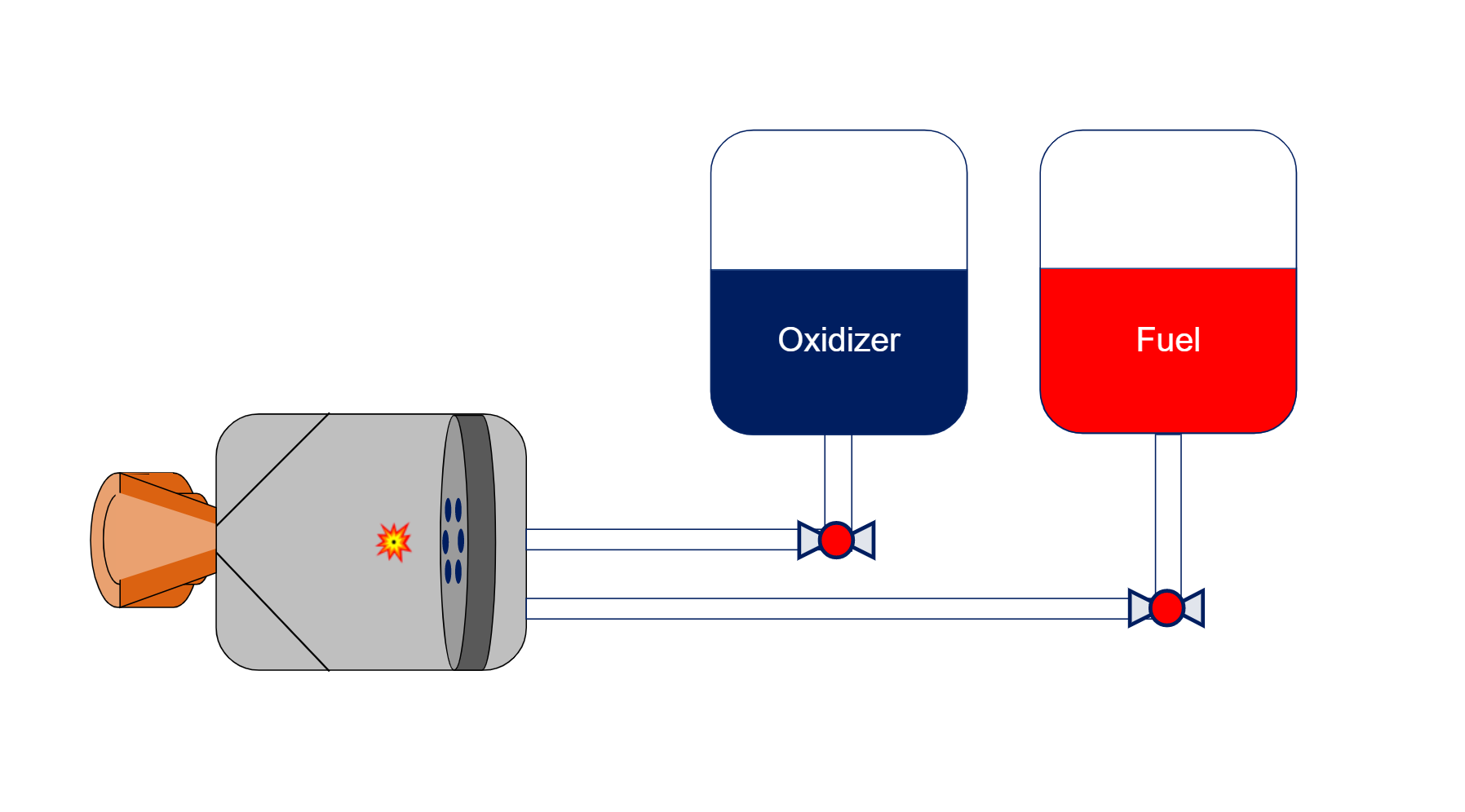
Test Bench
With the aim to make testing easier, we have built a versatile test bench. We are able to test our engine at the airfield in Dübendorf, ZH.
Liquid Rocket Engine
We developed a liquid rocket engine using a cryogenic oxidizer (liquid oxygen, LOX) or nitrous oxide (N2O) and Bioethanol as fuel.
DACS
In order to make gathering and analyzing data more efficient, we are developing a flexible and expandable data acquisition and control system.
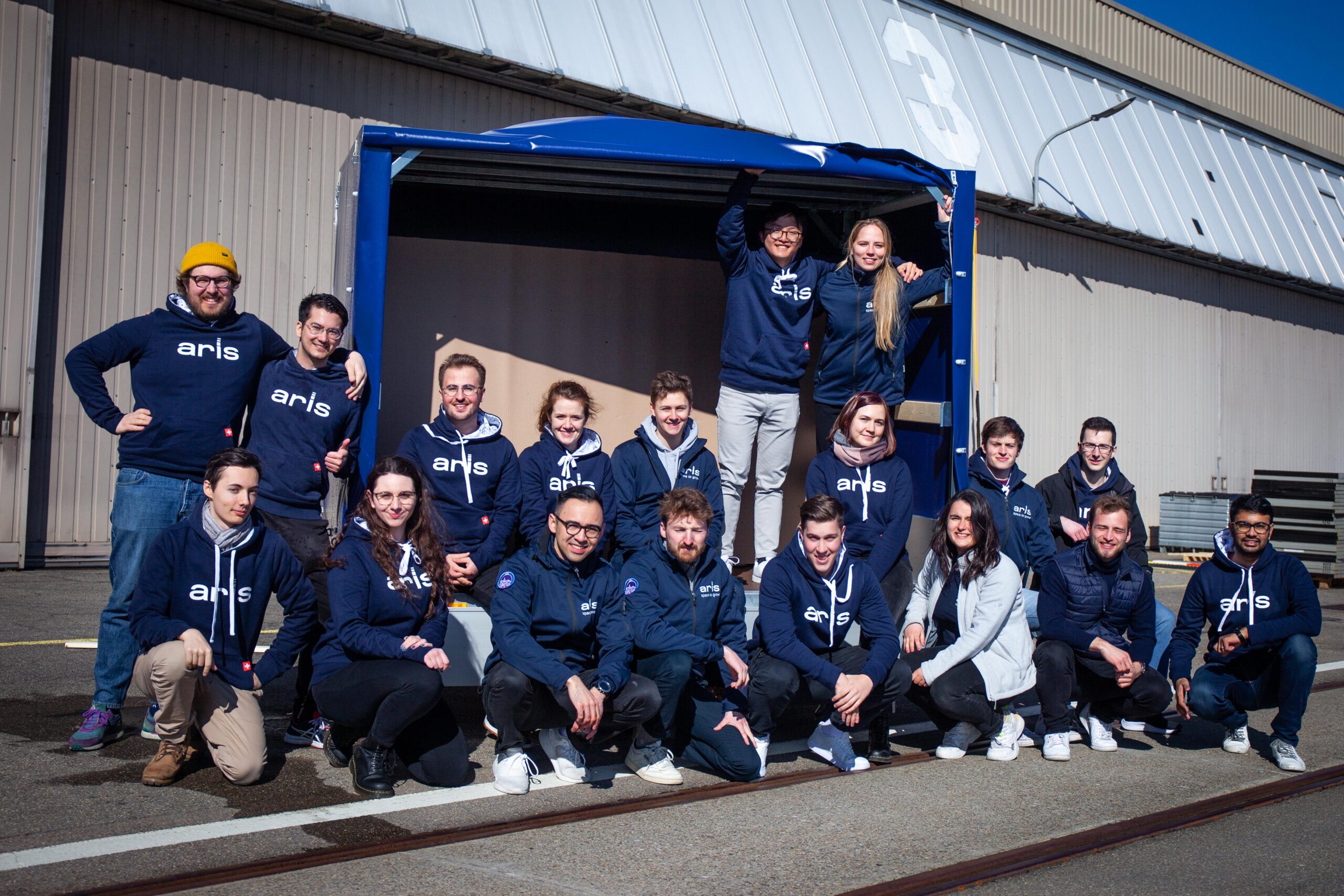
This is LEA 2022
We are a team of 30 master and bachelor students at ETH Zurich. We come from different study backgrounds such as mechanical egnineering, electrical engineering and computer sciences, but we all share a passion for space and the technologies that are developed to explore our universe. This project will be the foundation of a new generation of ARIS engines. We are expanding the possibilities for research, collecting valuable data and facilitating testing new technologies and designs.
Check out the latest progress reports of LEA
ALICE: First ARIS Technology Heading to Space
For the first time, – the Swiss Academic Space [...]
Maturaprojekt: Schülerin baut CanSat für ARIS-Rakete NICOLLIER
Die Zusammenarbeit zwischen der Akademischen Raumfahrt Initiative Schweiz (ARIS) [...]
ARIS Celebrates Successful Dual Launch of NICOLLIER Rocket
Innovation Park Zurich, Dübendorf, Switzerland, 06.12.2024 ARIS, the Swiss [...]
Project Details
Traditional Manufactured Nozzle
The engine’s nozzle converts heat energy into kinetic energy, which is used to generate thrust. For this project, it was determined to create two types of nozzles: A traditional manufactuered nozzle and an additive manufactured nozzle. A copper alloy is used for the conventional nozzle. Copper is selected because of its excellent heat conduction properties. To cool the nozzle, the heat sink principle is applied.


Additive Manufactured Nozzle
For the first time in the history of ARIS, the LEA project will use a regeneratively cooled rocket nozzle. For this, the additive manufacturing process was used with the material Inconel 718. This allows the nozzle to fire for up to 20 seconds using an optimal cooling design that combines regenerative cooling with film cooling, which surpasses all previous firing durations at ARIS.
Igniter
The igniter provides the energy required to start a rocket. This energy can be generated in many different ways, all with the same goal of cascading energy to increasingly higher levels with the last step being rocket ignition.The design chosen for LEA is a so called torch igniter or hot jet ignition, that propels hot gases and combustion products into the combustion chamber where they interact with it’s contents.

Injector
The injector is the Interface between the Engine and the Propellant Supply System. The purpose of the injector is to deliver a mixture of the fuel and Oxidizer to the Combustion Chamber where the mixture is burnt, by atomizing and vaporizing the two propellants, in our case Liquid Oxygen and Ethanol. In project LEA We are going to test two different Injector Concepts. One is based on the Impinging Holes principle where the other one is a Coaxial Swirl. Built-in sensors are Static Pressure, Temperature as well as dynamic pressure whose purpose is to help monitor combustion instabilities in a firing.
Renderings by Michael Schlapbach (Industrial Design Student, ZHDK)


Test Bench
In order to make testing more efficient, we are building a modular and versatile testbench. The testbench will be fixed to a trailer allowing us to test directly on the airfield in Dübendorf, ZH. This will not only safe a lot of time but also transport costs, making the firing cycles during the testing phase faster and hence enabling more efficient research not only for us but also for future ARIS projects. Withstanding forces up to 1.5 KN, the testbench is suitable for smaller rocket engines with focus on academic research. Through high modularity the testbench is compatible not only with liquid but also hybrid rocket engines, bringing testing to a whole new level.
Propellant Supply System, PSS
The propellant supply system (PSS) supplies the engine with liquid fuel and liquid oxidizer. For each liquid a separate run tank is designed and pressurised with nitrogen as an inert gas.
In addition, a purge and draining system is designed to ensure a clean system for every firing. The valves will be controlled remotely.
Bioethanol is used as fuel because it offers a good balance between performance, availability and easy handling. For the oxidizer, liquid oxygen (LOX), was chosen as this is space industry standard. The main challenge here is the cryogenic nature of latter. It requires additional safety measures and extra care while handling. For this strict oxygen compatibility and prior cleaning for oxygen service have to be ensured. Moreover, shielding walls are installed to ensure the separations of the two propellant components at all times and protect our supply system

Platin Sponsors
Gold Sponsors
Silver Sponsors
Bronze Sponsors
White Sponsors

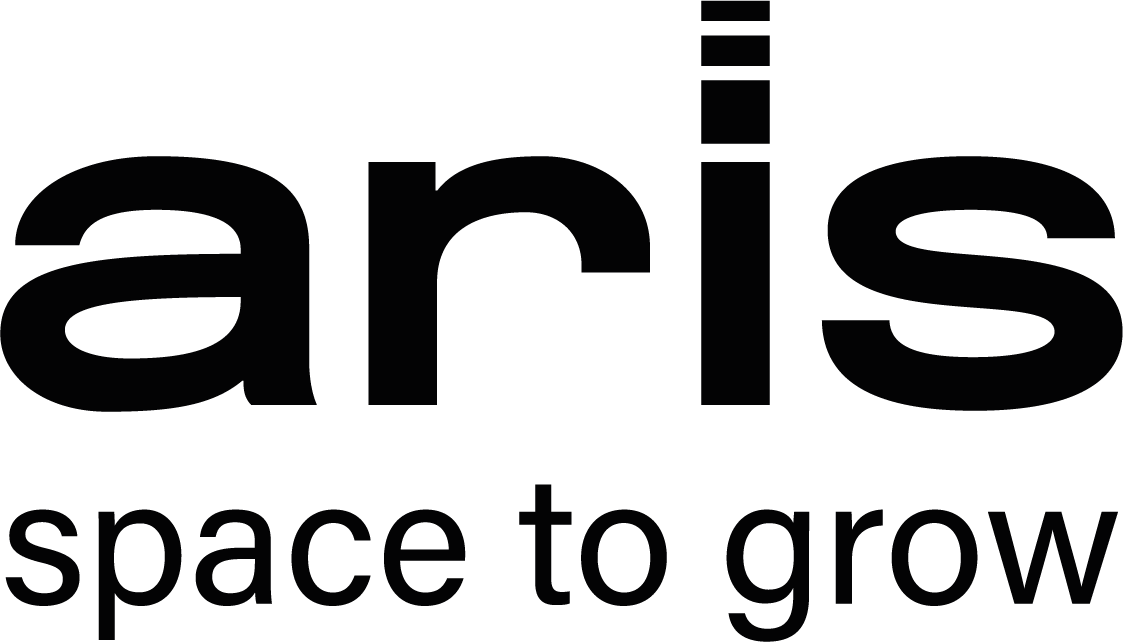

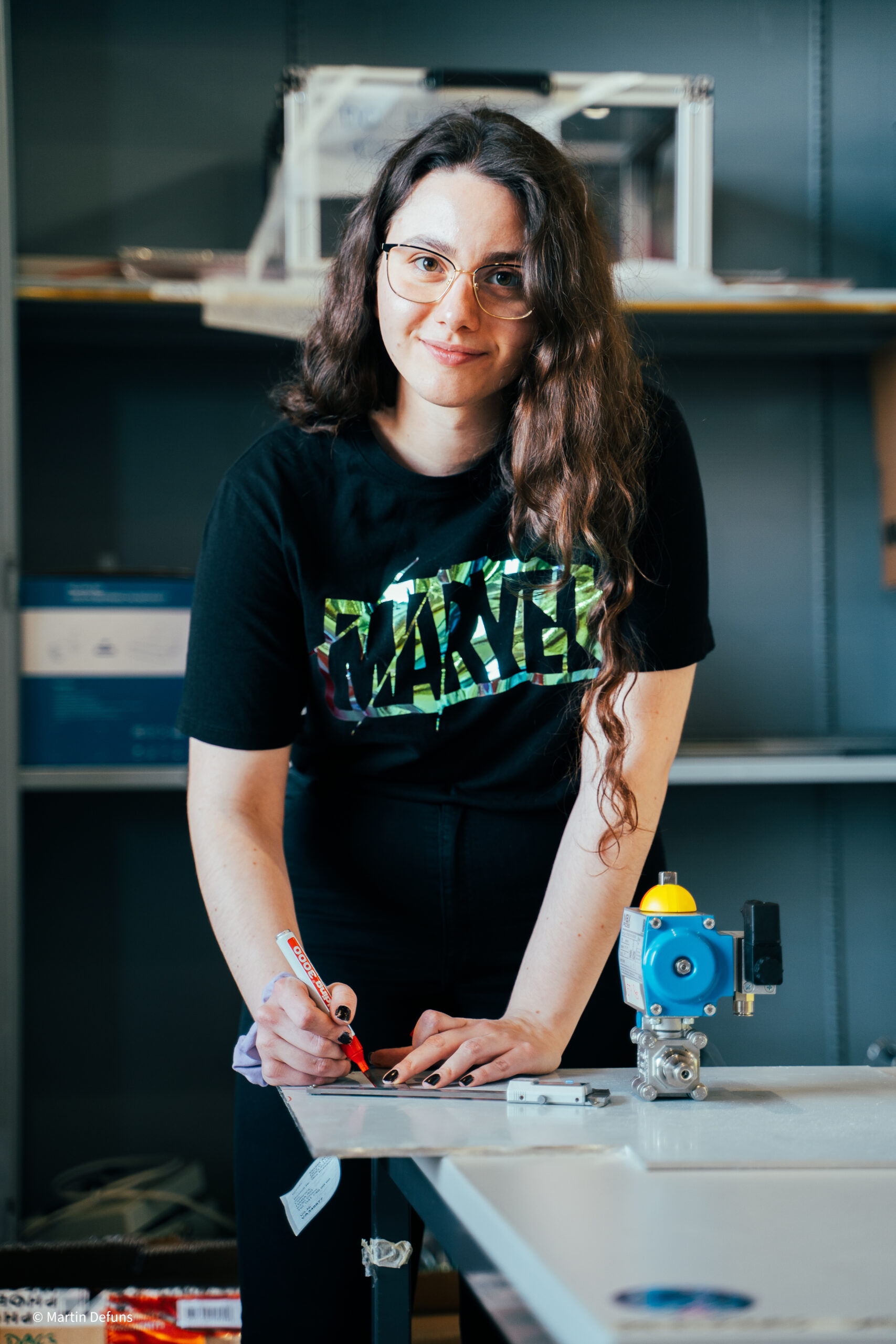




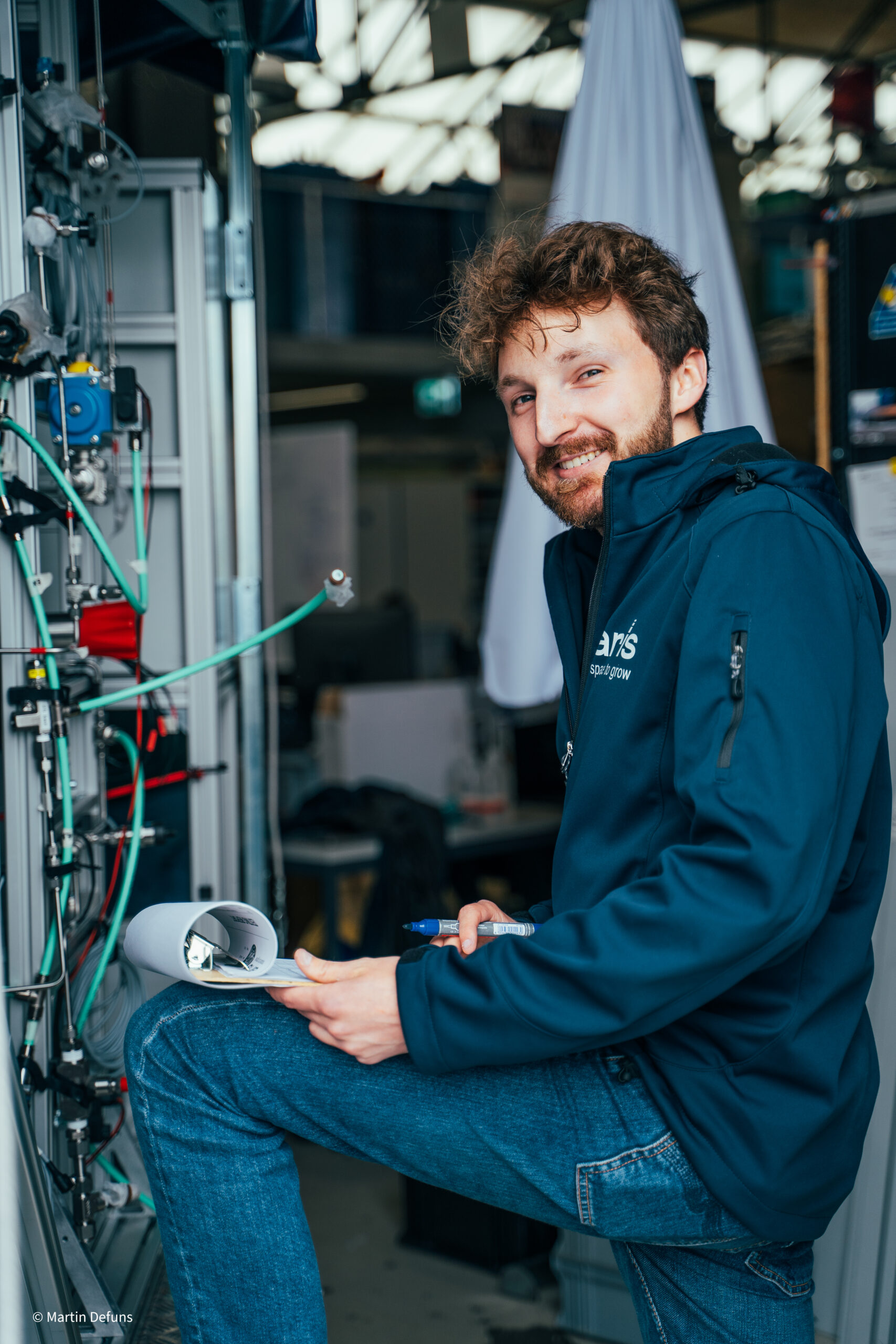


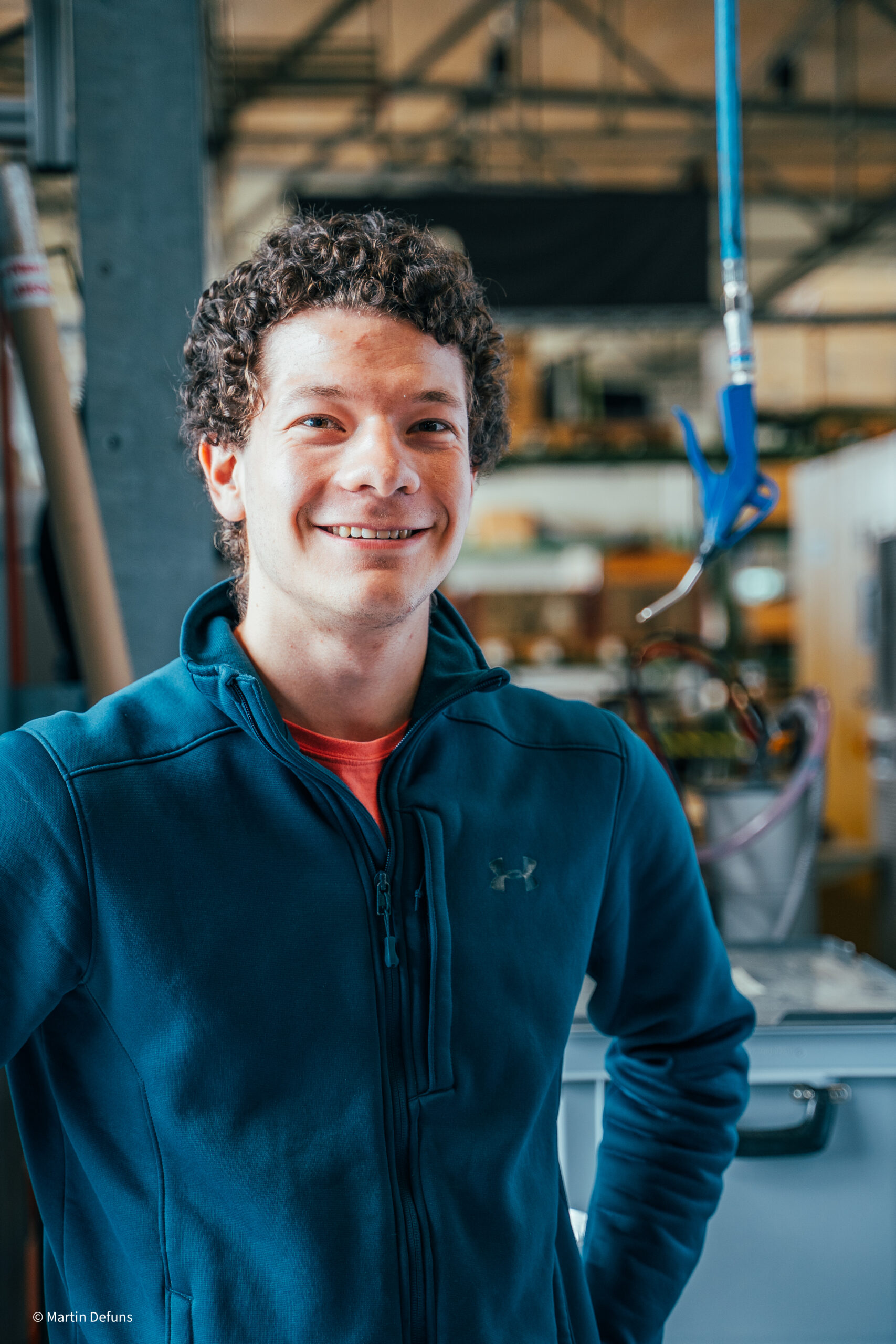


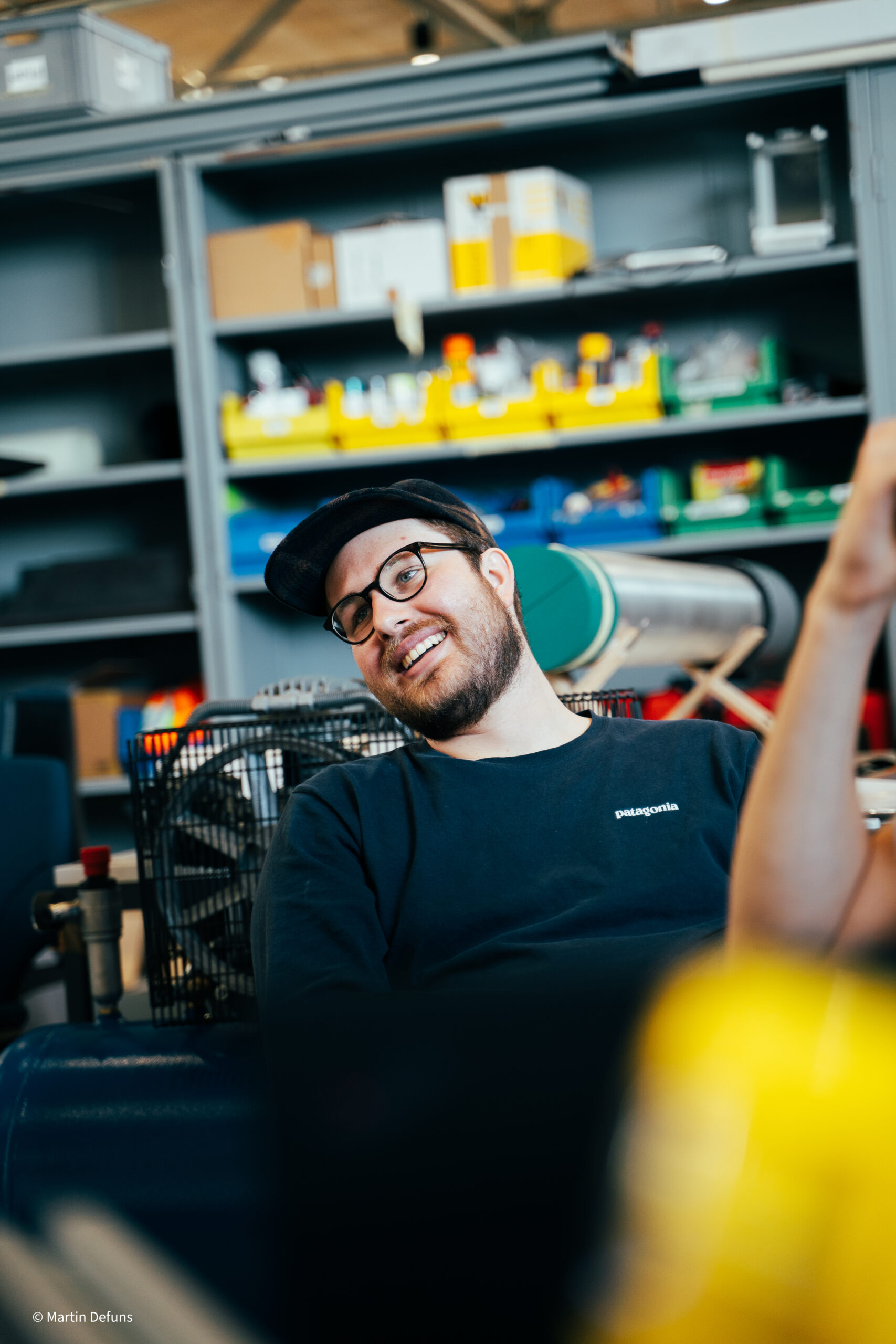


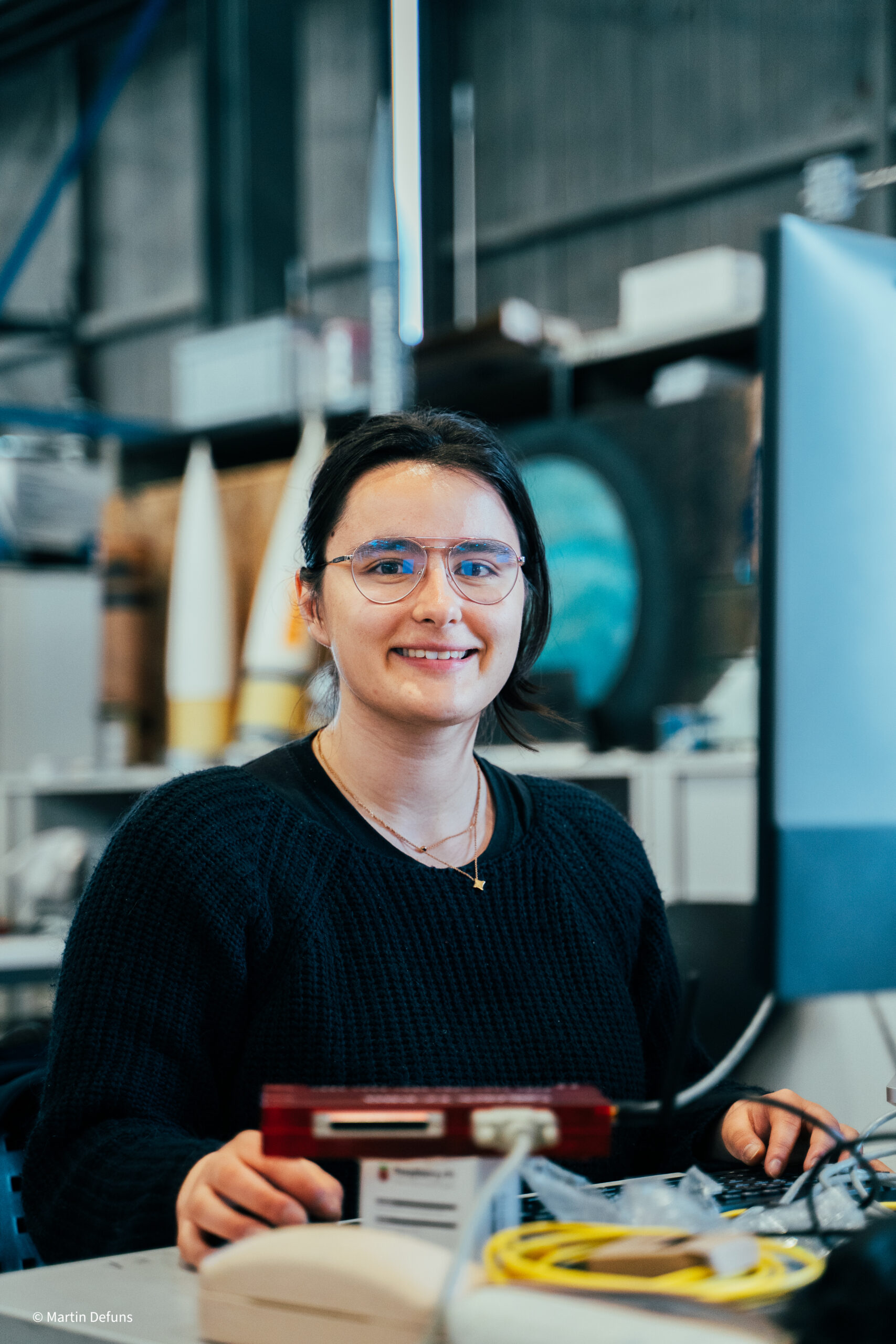


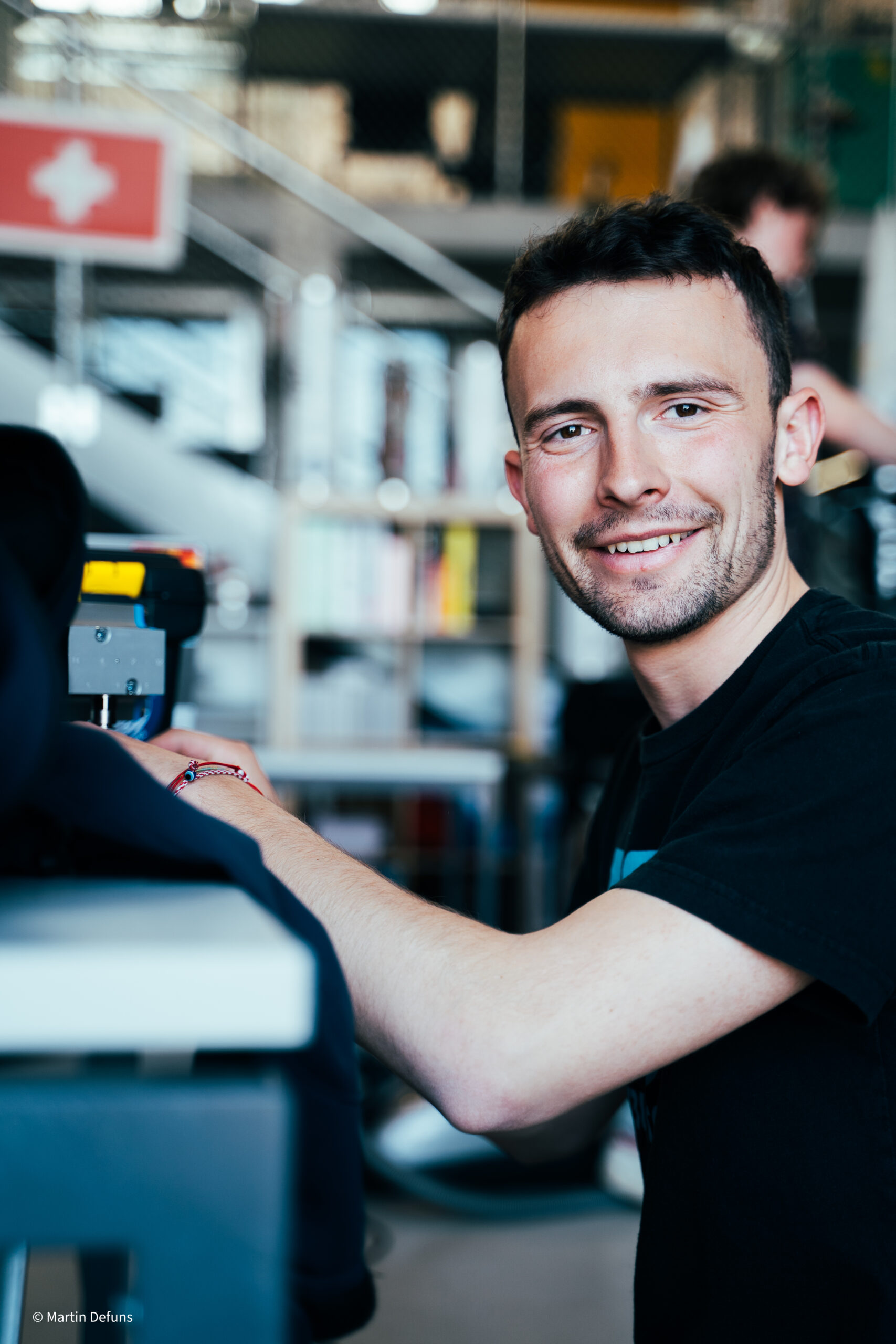

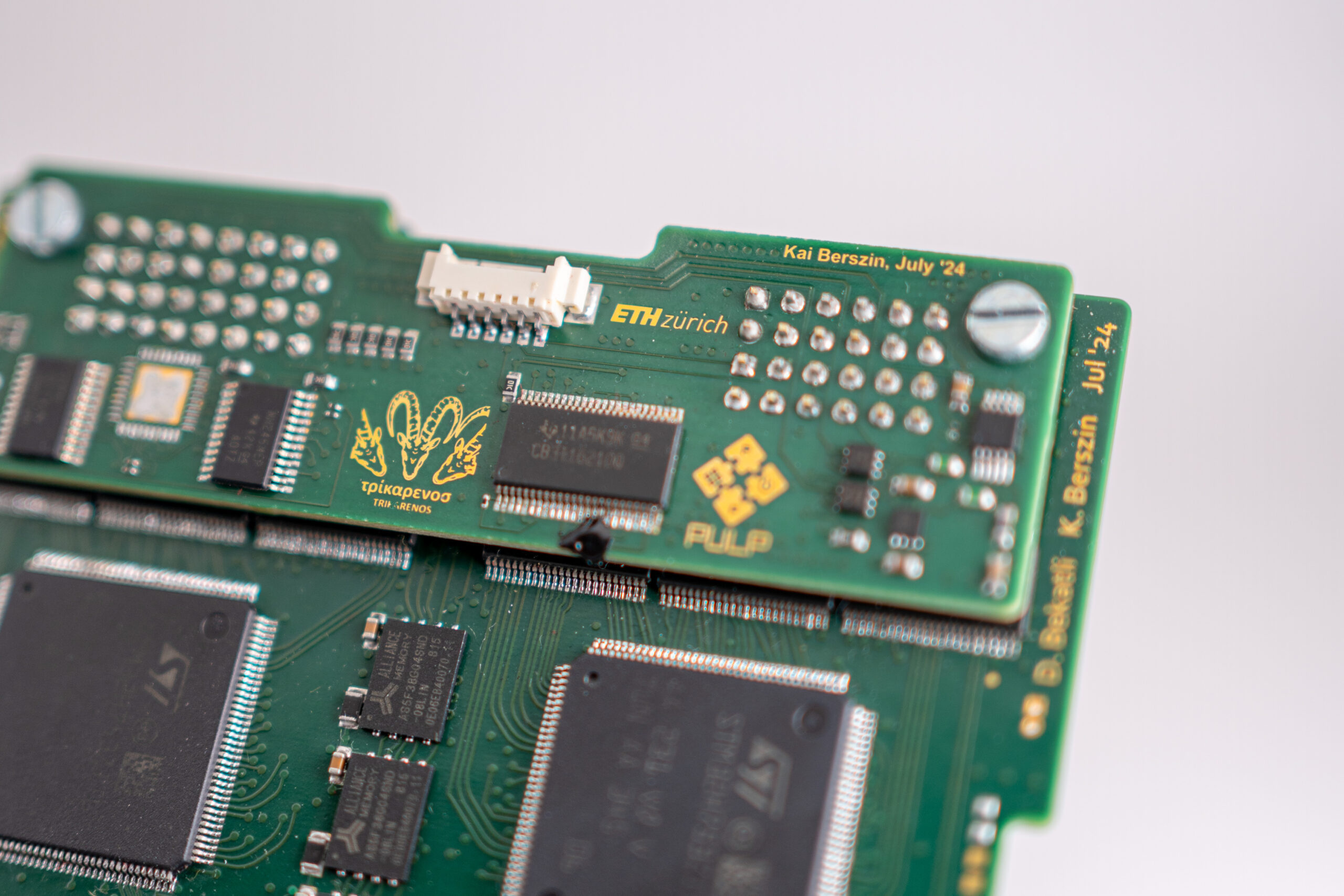
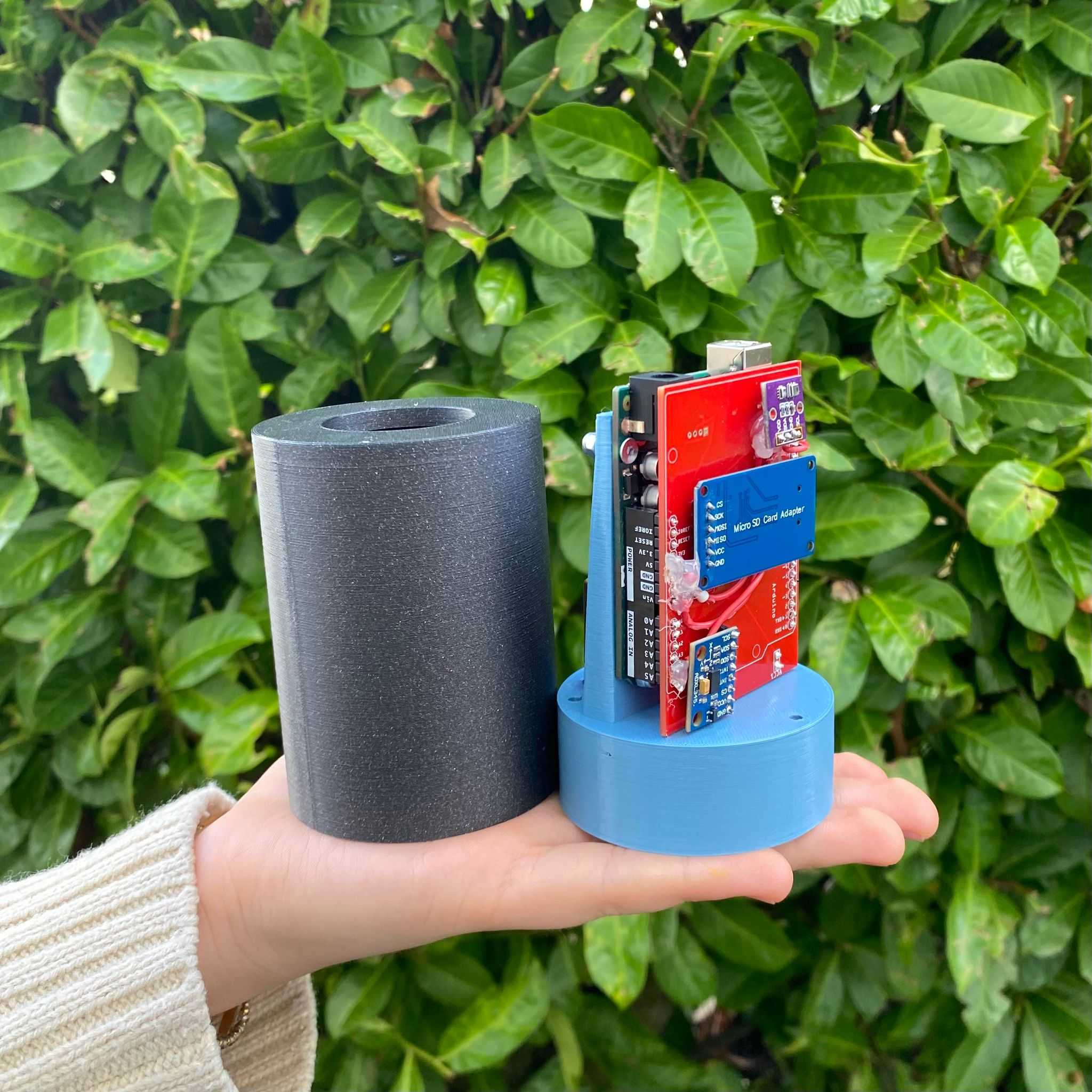
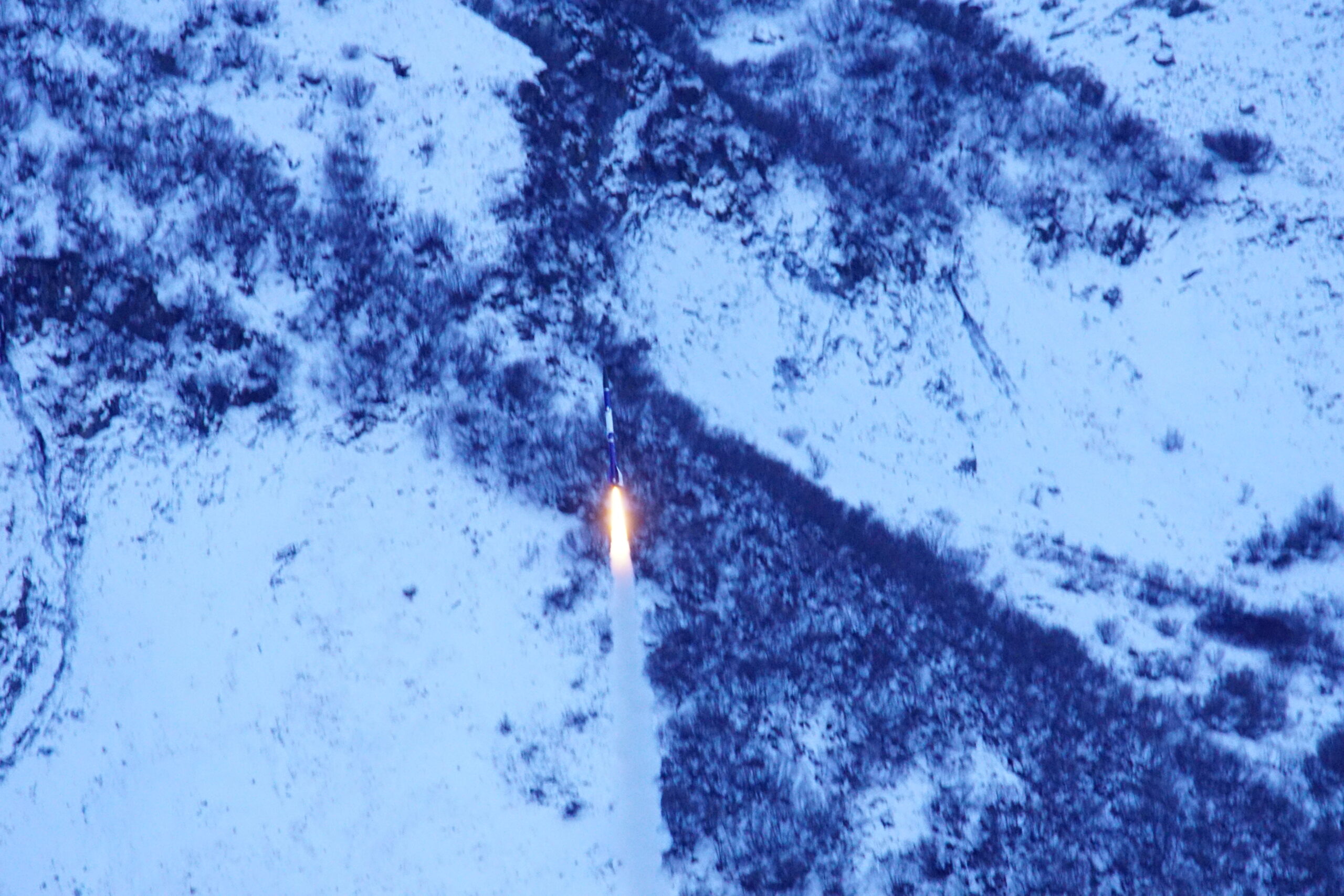

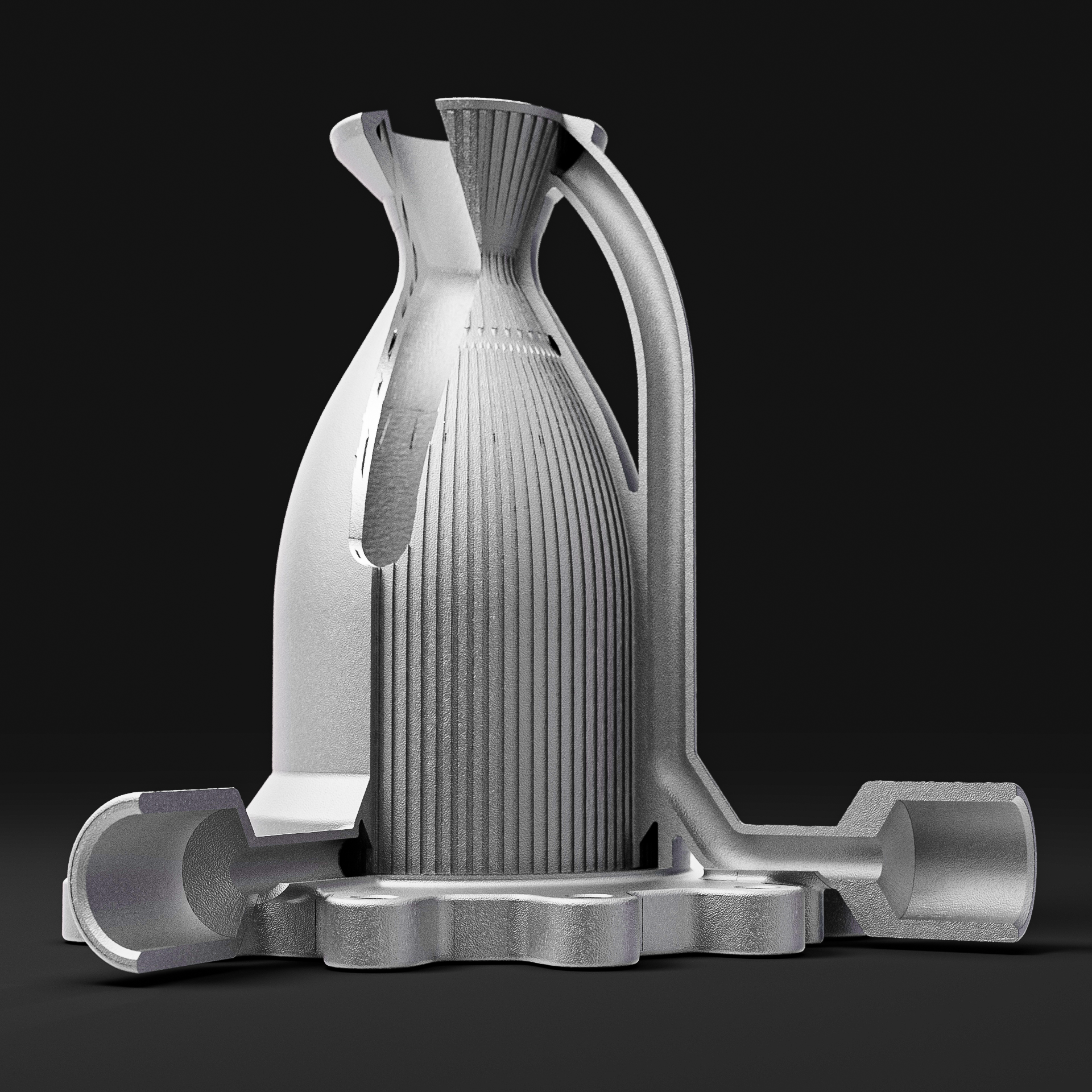
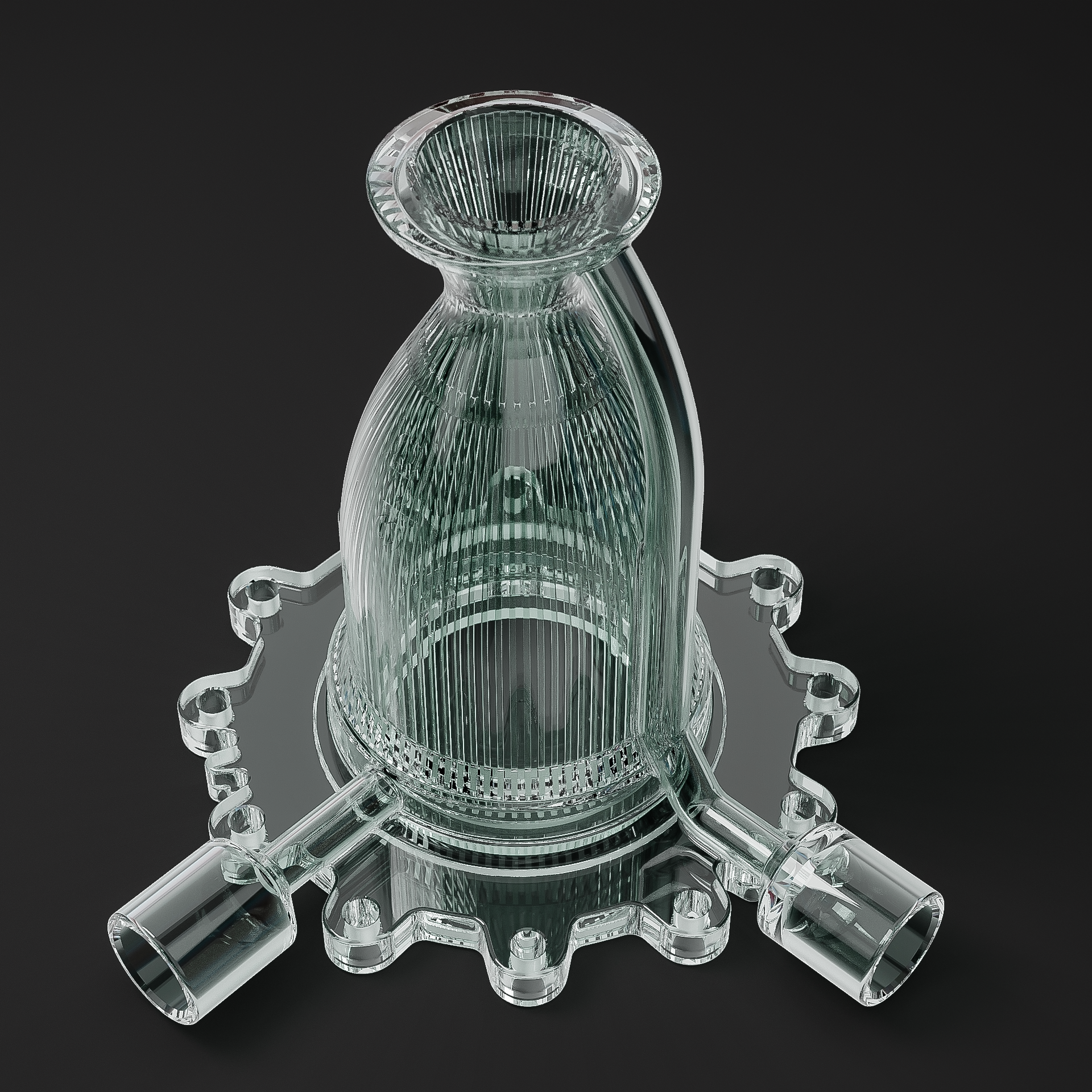










































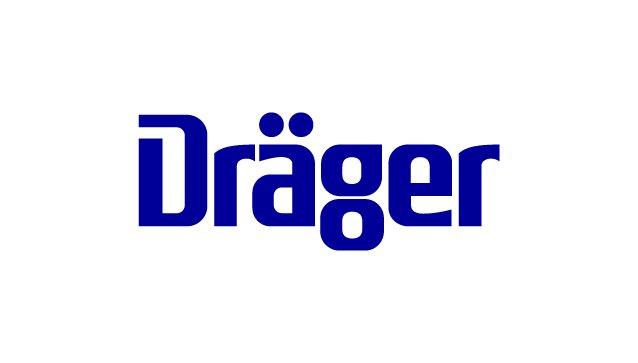
Social Contact